Introduction
Hairy crabs, scientifically known as Eriocheir sinensis, are a culinary delicacy celebrated across Asia, particularly in Chinese cuisine. Renowned for their rich, buttery roe and tender meat, these crustaceans are often steamed to preserve their natural flavors and delicate texture. However, preparing hairy crabs at home can be intimidating, especially for novice cooks. One of the most common questions revolves around steaming time: How long should you steam tied hairy crabs to achieve perfection? This article delves into the science, techniques, and cultural practices behind steaming these prized creatures, ensuring your next meal is both safe and sublime.
Understanding Hairy Crabs and Their Preparation
Hairy crabs derive their name from the bristle-like hairs covering their claws and legs. Native to East Asia’s rivers and estuaries, they are harvested during autumn, a season dubbed the “crab season” by enthusiasts. These crabs are typically sold alive, as their flavor deteriorates rapidly post-mortem. To prevent them from escaping or injuring themselves during transport, vendors often bind their claws and legs with cotton twine or rubber bands. This tying method serves dual purposes: it ensures safe handling and maintains the crab’s shape during cooking.
The Importance of Proper Steaming Time
Steaming is the preferred cooking method for hairy crabs because it gently cooks the meat without drying it out, unlike boiling, which can leach flavor into the water. However, timing is critical. Undercooking risks foodborne illnesses, as crabs may harbor bacteria or parasites. Overcooking, on the other hand, results in tough, rubbery meat and a loss of delicate juices. The challenge lies in balancing these extremes, especially when dealing with crabs of varying sizes and quantities.
Factors Influencing Steaming Time
Several variables affect the ideal steaming duration for tied hairy crabs:

- Size and Weight: Larger crabs require more time to cook through. A standard hairy crab weighs between 150–200 grams, but specimens can exceed 300 grams.
- Quantity: Overcrowding the steamer basket slows cooking, as steam circulation is hindered.
- Steamer Type: Electric steamers, bamboo steamers, and metal pots with steaming inserts differ in heat distribution and retention.
- Altitude: At higher elevations, water boils at lower temperatures, potentially extending cooking time.
General Guidelines for Steaming Tied Hairy Crabs
Most culinary experts recommend the following baseline times:
- Small crabs (100–150 grams): 12–15 minutes
- Medium crabs (150–200 grams): 15–18 minutes
- Large crabs (200–250 grams): 18–22 minutes
- Extra-large crabs (250+ grams): 22–25 minutes
These timings assume a rolling boil and a single layer of crabs in the steamer. Adjustments may be necessary based on the factors listed above.
Step-by-Step Steaming Process
-
Preparation:
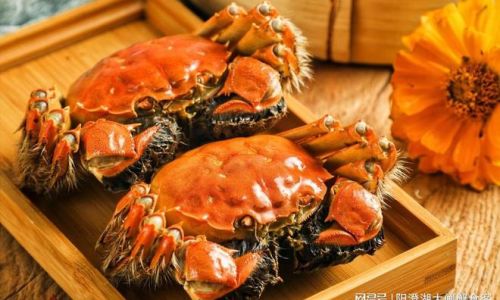
- Cleaning: Rinse the crabs under cold running water to remove mud or debris. Avoid scrubbing too vigorously, as this may damage the shell.
- Tying: Ensure the crab is securely bound. Loose bindings can cause legs to detach during steaming.
- Seasoning (Optional): Some chefs place a slice of ginger or a sprig of chrysanthemum leaves beneath each crab to neutralize any “muddy” taste.
-
Setting Up the Steamer:
- Fill the steamer’s base with water, leaving 2–3 inches of space to prevent boiling over.
- Place a heatproof plate or parchment paper in the steamer basket to prevent sticking.
- Arrange the crabs in a single layer, belly-side up, to allow juices to flow into the roe.
-
Cooking:
- Bring the water to a vigorous boil over high heat.
- Once steaming, reduce the heat slightly to maintain a steady flow of steam.
- Set a timer based on the crab’s size and adjust for quantity.
-
Testing for Doneness:
- Color: The shell transforms from mottled gray to vibrant orange-red.
- Aroma: A fresh, briny scent should emerge without any fishy undertones.
- Internal Temperature: Use a meat thermometer to ensure the thickest part of the leg reaches 74°C (165°F).
- Leg Check: Gently tug a leg; it should detach with minimal resistance.
Common Mistakes to Avoid
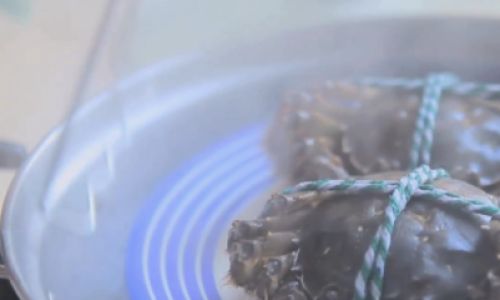
- Overcrowding the Steamer: Stacking crabs traps steam, leading to uneven cooking.
- Opening the Lid Prematurely: Each peek releases steam and lowers the temperature, prolonging cooking time.
- Using Cold Water: Starting with hot water ensures immediate steaming upon placement.
- Ignoring Altitude: At elevations above 3,000 feet, add 2–3 minutes to the steaming time.
Serving Suggestions and Cultural Practices
Hairy crabs are traditionally served with a dipping sauce of vinegar, ginger, and sugar, which complements their richness. In Shanghai, diners often use a “crab toolkit” containing small forks, picks, and hammers to extract every morsel of meat. The roe, a prized delicacy, is enjoyed with rice or paired with huadiao wine, a rice wine believed to balance the crab’s cool nature in traditional Chinese medicine.
Food Safety Considerations
Live hairy crabs should be cooked within 24 hours of purchase. Discard any crabs with cracked shells or foul odors, as these may indicate spoilage. Pregnant women and individuals with compromised immune systems should avoid consuming raw or undercooked crab meat due to the risk of Vibrio bacteria or parasites.
Advanced Techniques for Enthusiasts
For those seeking culinary refinement:
- Ice Bath Method: After steaming, plunge crabs into an ice bath to halt cooking, then reheat gently before serving. This preserves moisture.
- Double Steaming: Steam briefly, then let the crabs rest off-heat to redistribute juices, followed by a final steaming burst.
- Flavored Steam: Add ingredients like Shaoxing wine, star anise, or citrus peels to the steaming water for aromatic infusion.
Conclusion
Mastering the art of steaming tied hairy crabs requires attention to detail and an understanding of the interplay between time, temperature, and technique. While the guidelines provided offer a solid foundation, intuition honed through practice will ultimately elevate your results. Whether you’re hosting a festive banquet or savoring a solitary feast, the reward of perfectly cooked hairy crab—with its luscious roe and succulent meat—is well worth the effort. So, the next time you stand before a steamer basket filled with these bound delicacies, remember: patience and precision are your allies in unlocking a taste of autumn’s bounty.
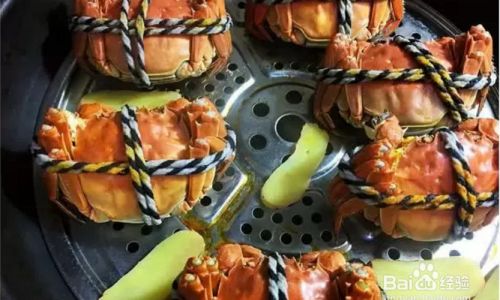
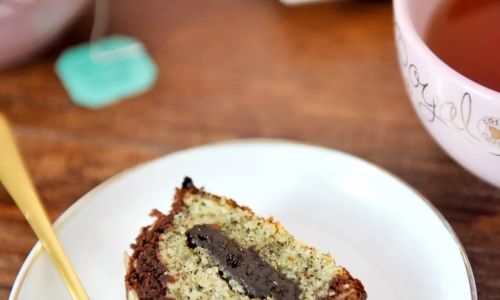
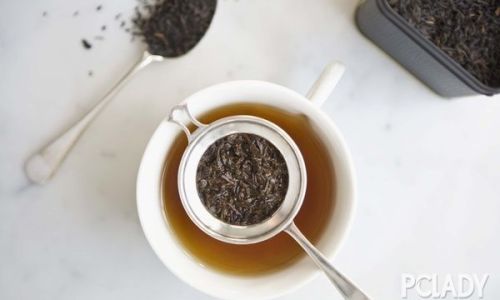
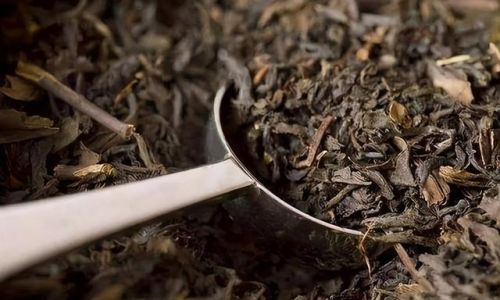



0 comments